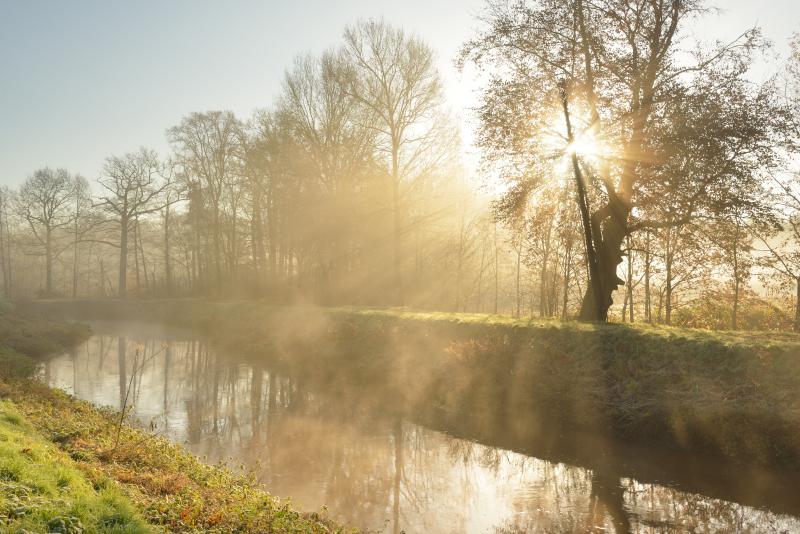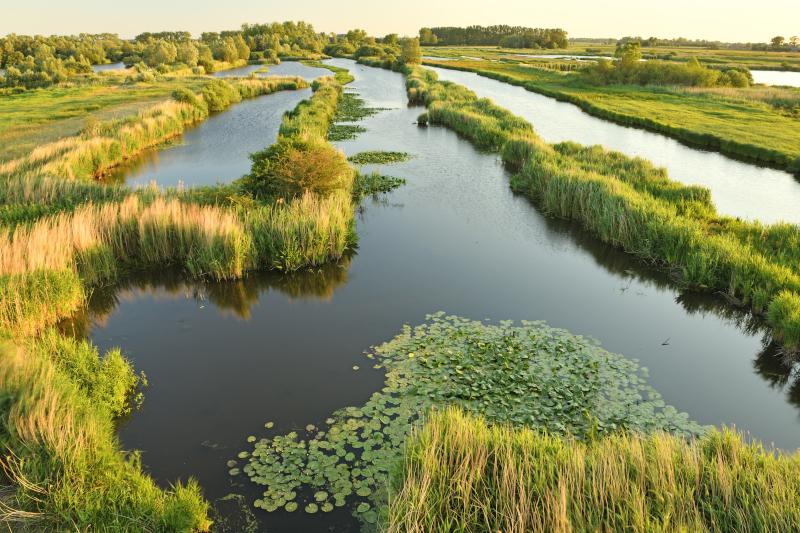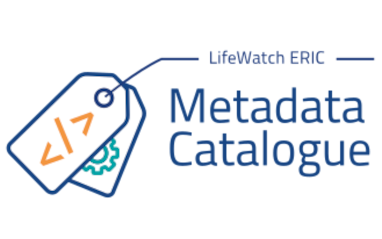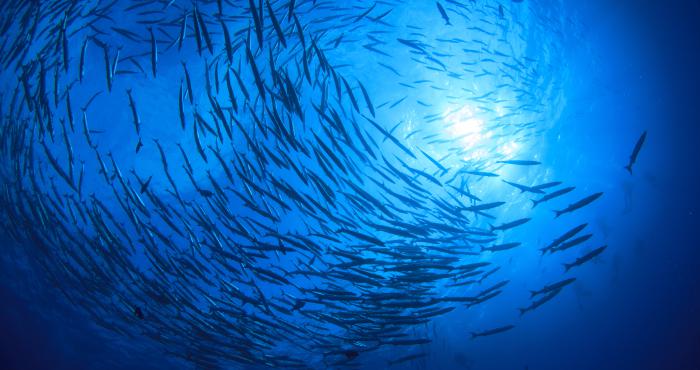
Freshwater
Rivers and streams offer vital habitats for a diverse array of freshwater plant and animal species. They are also essential to human life, providing drinking water, irrigation for agriculture, transportation routes, and opportunities for recreation and tourism. Therefore, it is crucial to gather knowledge on how to manage these freshwater habitats sustainably, ensuring their health and availability for future generations.
Why do we study Freshwater

Freshwater rivers and streams, along with their biodiversity, provide numerous valuable ecosystem services, including water supply, agricultural support, climate regulation, nutrient cycling, habitat provision, and opportunities for recreation and tourism. However, these environments face significant pressures, especially in highly urbanized regions like Belgium. Anthropogenic barriers (such as sluices and pumping stations), pollution, invasive species, and climate change severely impact ecosystem health and biodiversity.
LifeWatch Flanders employs acoustic telemetry to track fish movements and assess the impact of human-made structures on species migration routes. This includes studying how barriers affect the migration of species such as the eel (Anguilla anguilla Linnaeus, 1758).
What we do in LifeWatch
To monitor fish movements in freshwater and detect potential migration barriers, the LifeWatch fish tracking network has been established for long-term observation. This network operates across three habitat types: freshwater, estuarine, and marine environments. In freshwater habitats, acoustic telemetry is employed. Tags transmitting acoustic signals are implanted in the abdomens of fish, and acoustic receivers are placed along rivers and streams to capture these signals. The collected data are stored in the European Tracking Network (ETN) database, which provides users with tools to manage, download, explore, and share telemetry data, along with analytical resources.
Many species are being tagged in rivers and streams, including those sensitive to human activities or with limited knowledge of their migration behavior, such as the eel. By gathering long-term datasets, policymakers can be better informed about migration bottlenecks and can plan appropriate solutions, such as constructing fish passages, to address these issues.










